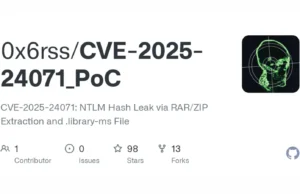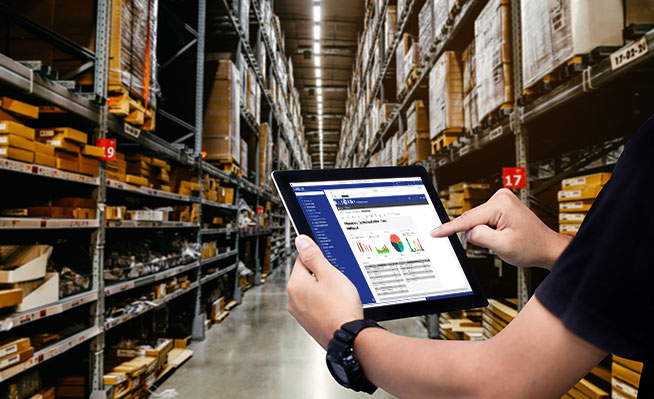If you’re developing an application using no-code platform, it’s important to understand the risks of cybersecurity.
A no-code software makes it easier than ever before for developers and non-developers alike to create applications. With so many people able to access your codebase, however, you must be equally as ready for anything that could go wrong.
Below are some generalized principles and best practices when it comes to developing secure applications using no-code platforms:
Understand the no-code risks
When you’re building an application with no-code, you’ll want to understand the risks. This will help you identify potential threats and prevent them from happening. Here are some key principles to consider:
- Understand how a malicious user can misuse your identity, such as by impersonating you or pretending to be someone else.
- Understand authorization misuses, including unauthorized access, alteration or destruction of content or data records.
- Understand data leakages and unexpected consequences that might result from improper use of personal information (such as users’ contact information) within your application or system design. Data leaks could include other types of sensitive data such as health plan information, financial account numbers and Social Security numbers.
- Address authentication and secure communication failures (for example: passwords/passphrases not properly secured). If users don’t know what they need to do in order for their credentials not being used improperly against them then they won’t know how important it is for them to protect their own security practices!
- Securing the network infrastructure itself through proper configuration management processes (including changes made on the fly without any consideration for adding new security measures).
Think about the advantages
If you’re wondering what advantages you could gain from a no-code platform, here are some of the most important ones:
- They’re easy to use
A no-code platform reduces the learning curve for most users, because they don’t require coding skills or previous technical knowledge. This makes it possible for anyone with basic computer literacy to set up and run an online business in a matter of minutes.
- They’re affordable
Because they require less training and expertise than other software products, no-code platforms tend to be more cost-effective than most alternatives on the market today. And because their initial investment requirements are so low, even small businesses can take advantage of them without fear of breaking their budgets.
- They’re accessible from anywhere at any time
Whether through desktop computers or mobile devices like smartphones or tablets (e.g., iPads). This means that individuals who need access from different locations will have no trouble getting started with these types of products; plus those businesses already struggling with remote workers might find it easier too!
Ensure cybersecurity in apps built by no-code
As you’re planning to build a no-code app, it is essential that you understand and think about some of the risks associated with cybersecurity. For example, if your app has a high degree of automation and/or uses IoT devices, there are more reasons to worry about security and privacy issues.
But there are also advantages in building an app by no-code:
- It’s easy to scale.
- Developers don’t need to learn any new languages or technologies.
- They can use their existing skill sets instead of learning new ones
- There is no complex coding needed (e.g., writing code for an algorithm)
- There is no need for specialized knowledge since everything can be done through drag-and-drop interfaces.
Consider other technical precautions
Even though you’ve gotten all the basics of a No-Code platform, there are still some important things to consider. In addition to the best practices above, make sure that you’re taking advantage of other technical precautions:
- Using 2-Factor Authentication (2FA) can help ensure that only authorized users are accessing your site and its data. If an attacker gains access to your account and changes any data, 2FA will stop them from being able to log in again without proof they’re authorized.
- HTTPS adds another layer of security by encrypting the traffic between visitors’ devices and your server. It’s an industry standard that most browsers now require by default when visiting websites with unsecured connections—but not all sites use it yet! You should make sure yours does if possible, since it makes it harder for hackers who may be intercepting web traffic on public Wi-Fi networks or through man-in-the-middle attacks.
- A Content Delivery Network (CDN) is a service that stores copies of your website files across multiple servers around the world so they load faster for everyone visiting from anywhere else in their region too.
How to maintain cybersecurity in no-code?
It’s important to ensure that your no-code platform is secure. The following are some of the key security principles to keep in mind when designing and building your project:
- Choose a secure platform. Make sure you use a platform that offers access controls and encryption, as well as something like two-factor authentication.
- Use a secure cloud provider. If you host your application on your own servers, make sure they’re protected by robust firewalls, antivirus software, anti-malware software and ransomware protection tools.
- Use secure networks when possible. When collaborating with external parties online—whether it’s other developers or partners like marketing agencies—be careful not to give them access to sensitive data unless absolutely necessary. Otherwise, they could potentially gain access via their own credentials (even if those credentials aren’t working).
No-code platforms offer significant advantages to many businesses, but you need to understand the risks.
No-code platforms can be a great way to build apps, no matter what your level of technical knowledge. They’re easy to use, offer many features and are easy to learn. However, there are also significant security risks associated with these platforms that you need to understand.
Conclusion
You don’t have to be a developer to build powerful apps with no-code platforms. You just need to understand the risks and take steps to mitigate them. Investing in cybersecurity is one of the best ways to do this, but it isn’t always easy or intuitive for everyone. The good news is that there are plenty of resources available for non-technical users who want their apps to have robust security features. The key is having access to those resources so that when you need help, you can find it!
















